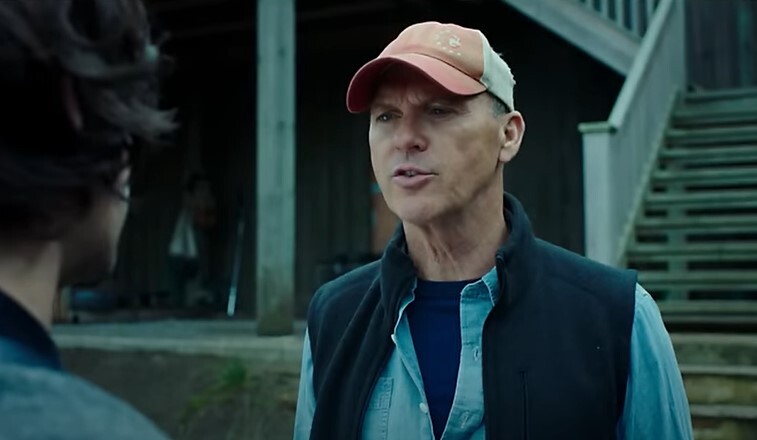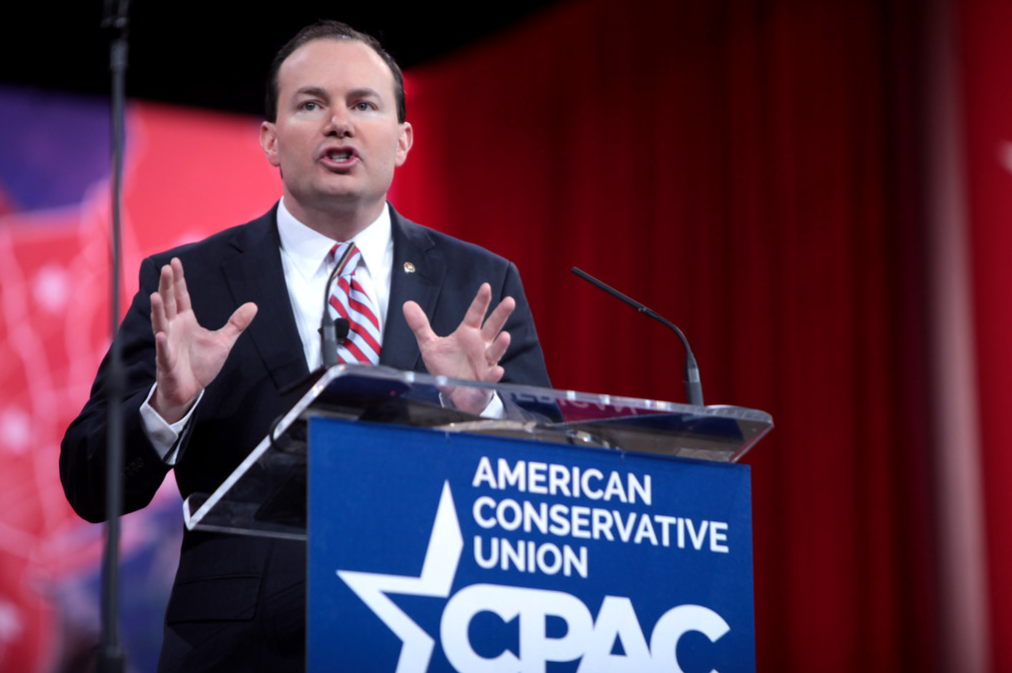“American Assassin,” a film that initially slipped under the radar despite starring Michael Keaton, has suddenly skyrocketed to the top of Netflix’s most-watched movies. Despite facing a critical mauling upon its 2017 release and a less than stellar box office performance, the action flick has found new life on the streaming giant. Critics back in the day weren’t too kind, with the film earning a paltry 34 percent on Rotten Tomatoes, and one reviewer dubbing it “shallow and self-congratulatory.”
The film, which grossed around $67 million globally against a production budget of about $33 million, didn’t exactly scream blockbuster hit. However, Netflix viewers seem to disagree with the initial naysayers, praising the film’s pace, espionage thrills, and refreshing take on the spy genre. Michael Keaton stars as CIA Agent Stan Hurley, a grizzled veteran training Dylan O’Brien’s Mitch Rapp—a man out for vengeance against the terrorists who killed his family.

“American Assassin” is based on Vince Flynn’s 2010 novel and was intended to launch O’Brien as an action star. While it might not have catapulted him to action hero status immediately, Netflix’s viewership has certainly given the film, and O’Brien’s performance, a second chance. The movie combines the elements of a classic action thriller with the added tension of a nuclear threat, making it a gripping watch for fans of the genre.
Interestingly, this isn’t the first time Keaton has been involved in a project that didn’t perform well initially but found a dedicated audience later. The 1998 Christmas movie “Jack Frost” had a similar fate, as did his return as Batman in last year’s “The Flash,” which, despite a hefty gross, isn’t expected to become a cult classic.
The resurgence of “American Assassin” on Netflix demonstrates the unpredictable nature of film success and viewership, highlighting how streaming platforms can give movies a second chance to capture an audience’s attention. It’s a testament to the film’s underlying appeal and perhaps a reminder that sometimes, critics and initial box office numbers don’t tell the whole story.




